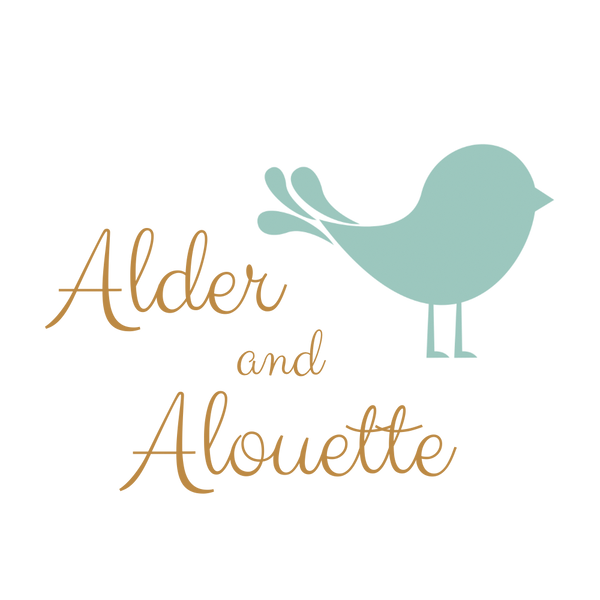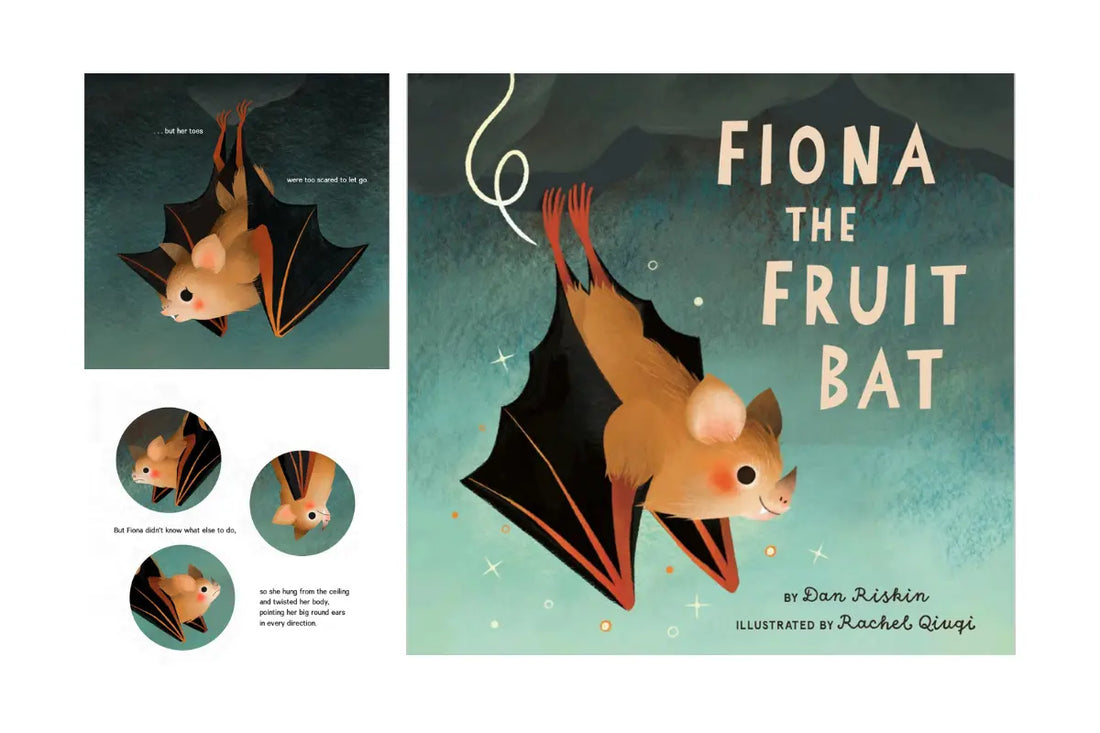A FEW BATTY RESOURCES
Part II
LEARNING ABOUT BATS
Disclosure: This post may include affiliate links. As an authorized reseller and affiliate, we may earn from qualifying purchases at no additional cost to you. Learn more.
Bats are fascinating mammals and essential to our ecosystems. This year, why not spend time getting to know these incredible creatures? Whether you homeschool or are just a curious family, a bat unit can seamlessly integrate science, ethics, emotions, and more—without it feeling like “school.” It’s all about fun, immersive learning that sparks curiosity and respect for nature.
This blog post is a curated collection of bat-related resources perfect for homeschool units or family learning, designed to engage children and adults alike.
Fun and Educational Bat Videos for Kids
Introduce children to bats with entertaining and educational videos by Bat Squat (for kids and presented by kids!):
- Bat Squad: Amazing Bats
- Bat Squad: Hey Bats, What’s Your Habitat?
- Bat Squad Shorts: Playlist by Bat Conservation International for Kids
- Additional Bat Squad videos: Playlist by Bat Conservation International for Kids
These videos bring bats to life and are perfect for elementary-aged kids.
Bat Viewing Spots in the USA
Congress Avenue Bridge, Austin, Texas
Discover the amazing urban bat colony in the heart of Austin, where 1.5 millions bats emerge at dusk.
Explore the nearly 1.5 million bats of Congress Avenue Bridge in Austen, Texas-- in person or with this wonderful book by Melissa Stewart: A Place for Bats.
Bracken Cave Bats, San Antonio, Texas
Explore a 360-degree virtual tour of Bracken Cave near San Antonio, Texas — one of the world’s largest bat colonies and a favorite bat-watching destination then check out this Bat Conservation International video about Bracken Cave, home to the largest colony of bats in the world. It's a maternity colony of around 20 million Mexican Freetail Bats in San Antonio, Texas.
Check out this list compiled from Batcon.org of more bat viewing locations in the United States with links to each individual site's page, or visit batcon.org's interactive bat viewing site map here.
More Online Bat Resources for Children and Families
Engage kids with interactive and printable resources:
-
Bats on the Brink fun song for kids by Mr. G (author of Senorita Mariposa)
- All About Bats: Myths versus Facts Handout
- Bat Finger Puppet Template (though I’d recommend drawing it on and cutting it out from wool felt instead of paper) from Batweek.org
- Origami Bat instructions from Batweek.org
- Be Nice to Bats for Kids: Help take care of bats! by Virginia Bats
- Bat Parts Diagram for Children
- Bats of Eastern Woodlands Poster (print in bigger size online through sites like Canva or in person at places like UPS, Staples or Costco.)
- Bats of Western Forests Poster
- Bat Recipe Book: A cookbook of goodies & treats made with bat-dependent ingredients (fyi: the end of the book has a few recipes with "agave nectar" for parents only but the rest is all for kids and pretty good)
- Fish and Wildlife Bat Math Activity by Project Wild
- Bat Habitat Observation Activity for Children by Bats in School Program
- US Forest Service talks about bats to children by Habitat for Bats
- National Parks White Nose Syndrome in Bats: Bats in Crisis, also Origin (of White Nose), and Response (to White Nose - how to help) (this resource is better for older kids, teens and parents)
- Gardening for Bats: Handout by batweek.org -- Help Children Organize a Bat Night Garden to Attract Moths and other Insects bats Eat
- Bat Conservation International YouTube Playlist
- See different types of bats from BCI
Recommended Bat Books for Kids and Adults
Picture Books for Kids
Introduce young readers to bats through stories and facts. (If the books have gone out of print, you can often still find them in your library or through a used book website such as Abe Books.)
More Books About Bats for Kids
Picture Books
Leveled Books for Early Readers
Early Chapter Book (7 to 9 years)
Middle Grade Readers (ages 9-12 years)
Bat Books for Adults
Learn some great background knowledge to pass along your children with these recommended batty books for adults.
Bats: an illustrated guide to all species by Marianne Taylor and Merlin D. Tuttle. Explores bats and their fundamental role in our ecosystems. Include lavish photography. 400 pages
Bat Basics: How to Understand and Help These Amazing Flying Mammals by Karen Krebbs separates fact from fiction in a fascinating fun guide that includes a section on natural history, a field guide and activities. 128 pages
The Weird and Wonderful World of Bats: Demystifying These Often-Misunderstood Creatures by Alyson Brokaw i- A bat ecologist introduces us to these curious flying mammals -- how they experience the world through unique senses, where and how they fly, the origins of their complex relationship with humans, and how we can learn from them and coexist. 312 pages
The Secret Lives of Bats: My Adventures with the World's Most Misunderstood Mammals by Merlin Tuttle A lifetime of adventures with bats around the world reveals why these special and imperiled creatures should be protected. 304 pages
Bats: Their Biology and Behavior by Tony Hutson An illuminating introduction to the world of bats and how their unique characteristics have enabled them to evolve into specific environments and niches. Also included are discussions on their life cycles, diets, migrations, echolocation, their predators, ecosystem threats and immune system responses to viruses. 160 pages
Building Bat Houses
A Hands-On Learning Experience
Building a bat house offers an immersive STEM and nature lesson for children: math (fractions, measurement), woodworking skills, physics (heat transfer, air currents), and ecology. Kids can learn sequencing, diagram reading, and more—all while creating safe bat homes.
How to Build a Bat House
Follow detailed instructions and expert tips by The Organization for Bat Conservation to build a bat house.
Buying a Bat House
If building isn’t your thing, research carefully before purchasing to avoid ineffective designs. Size, airflow, and layering are crucial for success.
The Giant Bat Houses of Florida
Free Plans
More Bat Resources For Parents
- Bat Builder’s Handbook: From Batweek.org, find more building plans for different bat houses here including color recommendations for your temperature zone region, experiments, FAQs and more
- Bats 101 from Bat Conservation International
- Bat Garden Guide is a more in-depth guide for planning a bat garden, including what kind of plants work best in each region of the U.S.
- Check out your Department of Fish and Wildlife for resources in your area. Here’s a great guide about living with bats from Washington Department of Fish and Wildlife.
- Bat Week website, Bat Week is October 24 - 31 each year, but you can sign up on the website to receive information for next year and also look for bat events near you
- Bat Recipe Book: A cookbook of goodies & treats made with bat-dependent ingredients. The first half are kid friendly and the second half are recipes for grown ups!
- National Wildlife Federation's Night Friends, American Bats Online Resource book
- Turn your smartphone into an acoustics bat detector (this detector is the one recommended by Bat Conservation International) with the Echo Meter Touch
Bat Citizen Science Resources
- Bat Detective, a Family Citizen Science Project (this study is finished; check here for other citizen science projects that you and your family may love) (search by subject or state)
- Neighbourhood Bat Watch (Canada only), a Family Citizen Science Project
- Arizona Bat Watch, a Family Citizen Science Project (you don't need to be from Arizona to participate)
- Gotham Bat Conservancy's Citizen Science Project with iNaturalist
- Batweek.org Become a Citizen Scientist Handout -- Roost and Acoustics Monitoring
- Wisconsin Bat Program for Citizen Scientists
Spread the Batty Love!
We hope these resources inspire you and your family to explore and protect bats, essential creatures that support biodiversity, pollination, and pest control. Happy learning and bat watching!
Disclaimer
Although I am a certified educator with an active teaching credential, the content I share on this Site is intended for general informational and educational purposes only. It does not constitute personalized professional advice, consultation, or an educational plan.
Written by Laura Lowe
Laura is a professional educator with decades of experience working with children and the environment. She’s also an avid crafter, lover of storytelling and books, novice hobby farmer, mom to three daughters and six grandchildren.












